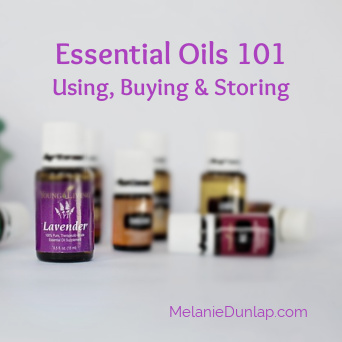Essential oils are plant-derived oils obtained through the distillation process from flowers, leaves, roots, and other parts of plants. Since ancient times, essential oils have been used to treat numerous ailments. Essential oils are natural fragrances obtained from plants.
The scent or therapeutic properties of these oils can be used for skincare and haircare products, household products, soaps, and household cleaners and detergents. Additionally, they can be used in aromatherapy, dental care, and perfumes. Essential oils are used in aromatherapy for their aromatic and medicinal properties.
There are a variety of different types of essential oils and each one has a distinct scent and healing properties.
Some popular types of essential oils are Lavender, Tea tree, Peppermint, Eucalyptus and Chamomile. For example, Lavender essential oil comes from plants in the genus Lavandula and is low-odor, while Peppermint essential oil comes from Mentha xPiperita and is strong-smelling and high-odor.
They come in different forms, including organic, non-organic, pure or diluted, and single or blended. There are various parameters to describe an essential oil including the aroma, depth of the odor, specific medicinal properties and even the location where it was grown.
Essential Oil Profiles
Profiles are a way to classify oils by their therapeutic properties, aromas, and origins. There are various profiles such as the citrus profile which has an aroma which is refreshing and uplifting. The floral profile is floral and sweet. The earthy profile has a rich, grounding aroma with slight woodiness.
What are the Benefits of Essential Oils?
Essential oils have numerous benefits depending on which oil is used. Many people report benefits such as easing insomnia, promoting good sleep habits, boosting immunity and reducing stress levels, better mental clarity and focus for those who suffer from conditions like ADHD, supporting respiratory health, skin health, hormone health and so much more. The oils are a popular home remedy for many ailments.
There are two common ways to use them: topically and inhalation. Topically can be done in a couple of ways too, by wearing them on your skin or applying through a medium such as massage.
Some people do use them internally and in cooking, but this needs to be done very carefully and only with the correct oils, under the guidance of a qualified practitioner. Too much essential oil taken internally can cause serious illness and even death.
When used topically, essential oils work by being absorbed through the skin to stimulate the cells and release chemicals that help heal wounds, reduce inflammation, lower pain levels and balance hormone levels. When inhaled, they work by entering the bloodstream through the lungs where their properties can be taken throughout the body to relieve symptoms of a cold or flu, calm the nervous system, digestive health and more.
Uses for Essential Oil
Essential oils are not just for Aromatherapy anymore. In recent years essential oils have become popular among many people for their variety of uses. Essential oils are also called the “life force” of the plant because they contain the chemical compounds that give plants their scent and taste. As mentioned, they are commonly used in aromatherapy, but also in massage therapy, in cooking, in cleaning, bathing and perfumery products as well as used in home remedies.
They are a common staple in the cabinets of practitioners in natural medicine, complementary therapies, and so much more. Let’s look at few ways they are utilized below:
Aromatherapy: Sometimes called “the science of smell,” this type of therapy can help to relieve stress or anxiety. The aromatic compounds in the oil are inhaled through the nose or mouth to stimulate a person’s mood and memory.
Massage Therapy: Some people use essential oils during a massage treatment to add aroma and therapeutic benefits, these can be added to a carrier oil and applied topically and/or inhaled during the treatment.
Home Remedy: Many people create their own natural remedies by mixing an essential oil with water or another base ingredient to create a balm or bath soak. One popular remedy is peppermint and lavender combined with Epsom salt for an invigorating bath that will both relax, cool and soothe.
How to Buy and Store Essential Oils
When it comes to buying essential oils there is a great variance in price, if it is difficult to get the plant or it takes a large quantity of plant matter to make an ounce of oil, the price will be higher. Remember a little goes a long way. Make sure you buy from a reputable company, like Mountain Rose Herbs, that sells pure essential oil. If the bottle says “in a carrier oil” that means that the essential oil is mixed in with another type of oil. Use only pure essential oil for medical issues.
Essential oils should be stored in a cool place, in dark bottles, away from heat and sunlight. Always consult a doctor before trying natural herbs, oils, or remedies.
So, you can see, there are many benefits to using natural oils and these are just a tiny selection, so I urge you to do your research and try things out, above all, have fun. Natural health practitioners, wellness coaches and aromatherapists can work very happily and successfully alongside your doctor, and they very often do. Make sure your health team is well rounded!
Disclaimer Note: It’s important to note though, that just because something is natural does not mean zero risk. While many oils are very low risk there still can be complications, contraindications and contra-actions.
The internet is full of information on how you can cure yourself with natural remedies, but we recommend that you seek out a qualified Natural Health Practitioner and consult your medical doctor before trying a new protocol. Never stop taking any prescribed medication without speaking to your health practitioner first.
